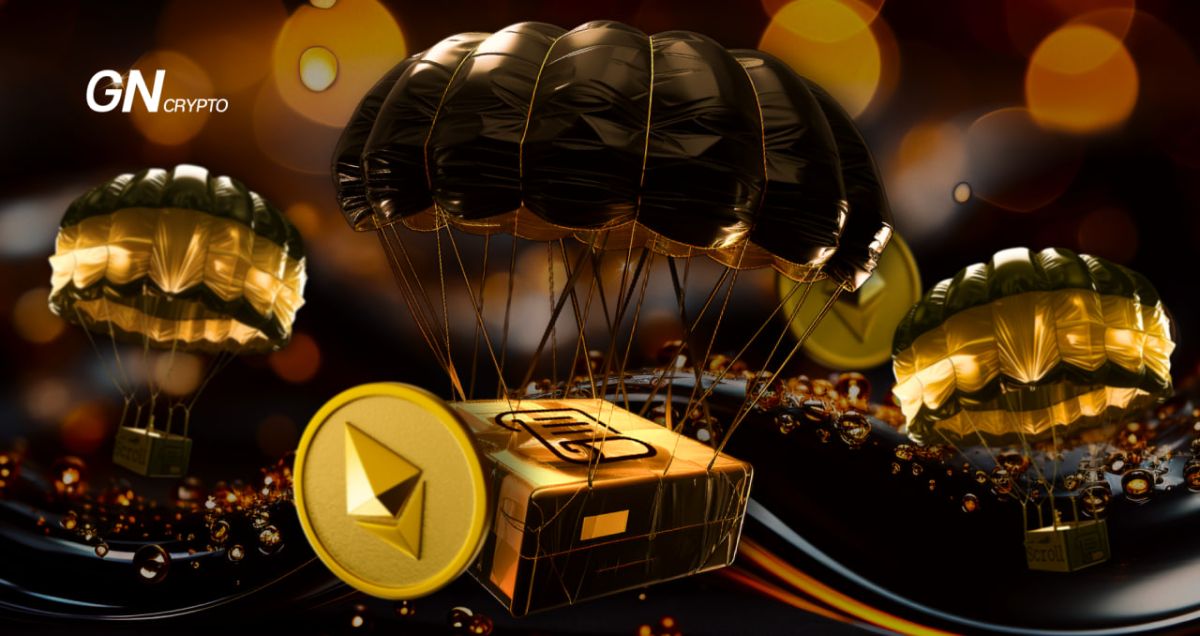Scroll Mainnet Airdrop: A Step-by-Step Guide

In mid-October 2023, Scroll, an Ethereum Layer 2 blockchain, made its transition to the mainnet, paving the way for the launch of decentralized applications. For those keen on hunting for airdrops, it’s game time!
On this page
The curtains lifted on October 11, with a quiet launch of the network. For a week, the wider crypto world was none the wiser. But as the project's TVL rocketed, Scroll's developers broke their silence, announcing the mainnet launch.
Now, let's unpack the offerings of the Scroll blockchain, spotlighting the pathways to a coveted retroactive airdrop if, and when, they unveil their native token.
Blockchain Stats
Even though Scroll's mainnet is relatively fresh on the scene, it's showcasing a staggering expansion. Within just nine days, it boasted a TVL of $6.5 million, based on figures from DeFiLlama. The count of dApps launched on it is steadily climbing, now reaching the dozens.
Scroll's TVL Evolution. Source: defillama.com
In contrast, take the Arbitrum Nova network: it has amassed only $2 million in TVL, despite having been in operation for over a year. This brisk ascent of Scroll implies it's rapidly garnering user interest, with many likely interacting in hopes of an upcoming airdrop.
Getting Started: Network Integration
To begin, you'll need to add the Scroll network to your Metamask wallet. Achieving this involves connecting your wallet to Chainlist. Once done, search for “Scroll” and select “Add Network.”
Should you encounter issues finding the network, you can manually input its unique ChainID: for Scroll, it's 534352.
Integrating Scroll Network into Metamask. Source: Chainlist.org
Cross-Chain Bridges
Before diving into any network, it's essential to have funds in place. Blockchains typically employ cross-chain bridges to aid this, smoothing the process of inter-network transfers.
Presently, Scroll offers several cross-chain protocols, namely:
- The Official Scroll Bridge: Deployed and maintained by the project’s core team and found on their main site.
- Orbiter Finance. A versatile platform functioning across multiple blockchains, it facilitates the movement of ETH to Scroll not just from Ethereum but other EVM networks as well.
- Merkly. A distinct bridge that caters to NFT enthusiasts, enabling them to mint and migrate NFTs across networks.
- Symbiosis. A cross-chain protocol boasting support for over 20 networks.
Scroll's Official Cross-Chain Bridge. Source: scroll.io/bridge
With an influx of users flocking to Scroll, be prepared for occasional transaction delays, which can sometimes span several hours. It's prudent to bear this in mind when making transfers.
Decentralized Exchanges
According to the analytics platform, DeFiLlama, the Scroll blockchain boasts a variety of decentralized exchanges. Some of the notable dApps include:
- KyberSwap. This DEX is compatible with 16 EVM networks, boasting a TVL of $2.6 million on Scroll.
- Scydrome. Tailored for Scroll, this DEX has a TVL of around $1.3 million.
- IZiSwap. A platform supporting over 15 networks.
- SyncSwap. A DEX operating on zkSync, Polygon zkEVM, and Scroll, including their testnets.
Despite these offerings on Scroll, users should navigate the decentralized domain with caution to avoid potential scams.
Activities on these platforms include token swaps, liquidity farming, reward claims, and solo staking initiatives for diverse tokens, especially during voting phases.
Token and NFT Creation
The diversity of smart contracts on Scroll could influence the distribution of airdrops, including the minting of ERC20 and ERC721 tokens from individual wallets.
For those wanting to mint a token or NFT, Scroll offers two options:
- Use a smart contract template from OpenZeppelin and deploy via Remix Ethereum.
- Use the Thirdweb app for a more standardized approach.
Our website features an in-depth review of the Thirdweb service and a guide on minting a complete NFT collection on this network.
Lending Protocols
Lending plays a pivotal role in any blockchain ecosystem. Through credit protocols, users can borrow stablecoins by collateralizing their cryptocurrency. Additionally, they can deposit their funds to accrue passive interest.
On the Scroll network, several platforms have emerged that cater to cryptocurrency lending needs:
Furthermore, some dApps like SpaceFi Scroll and Punk Swap allow users to contribute liquidity, often with annual returns ranging from 5-10%.
Testnet
Scroll underwent several testnet phases. Among these, Scroll Alpha and Scroll Sepolia were notably popular. While these networks remain active, the launch of the mainnet has shifted the focus, making the testnet less appealing from a rewards standpoint.
However, for those keen on exploring, resources related to activities in Scroll's test networks are available on our website.
Conclusion & Disclaimer
The Scroll mainnet, though new, is rapidly evolving, hinting at a potential early release of its native token. This brisk pace might motivate the team to introduce their native token sooner than anticipated, making involvement in the blockchain potentially fruitful.
However, participants should remember that real assets are at stake in the mainnet, with risks like project failures and scams present. Always exercise caution when engaging with any dApp or protocol.
The content on The Coinomist is for informational purposes only and should not be interpreted as financial advice. While we strive to provide accurate and up-to-date information, we do not guarantee the accuracy, completeness, or reliability of any content. Neither we accept liability for any errors or omissions in the information provided or for any financial losses incurred as a result of relying on this information. Actions based on this content are at your own risk. Always do your own research and consult a professional. See our Terms, Privacy Policy, and Disclaimers for more details.




























